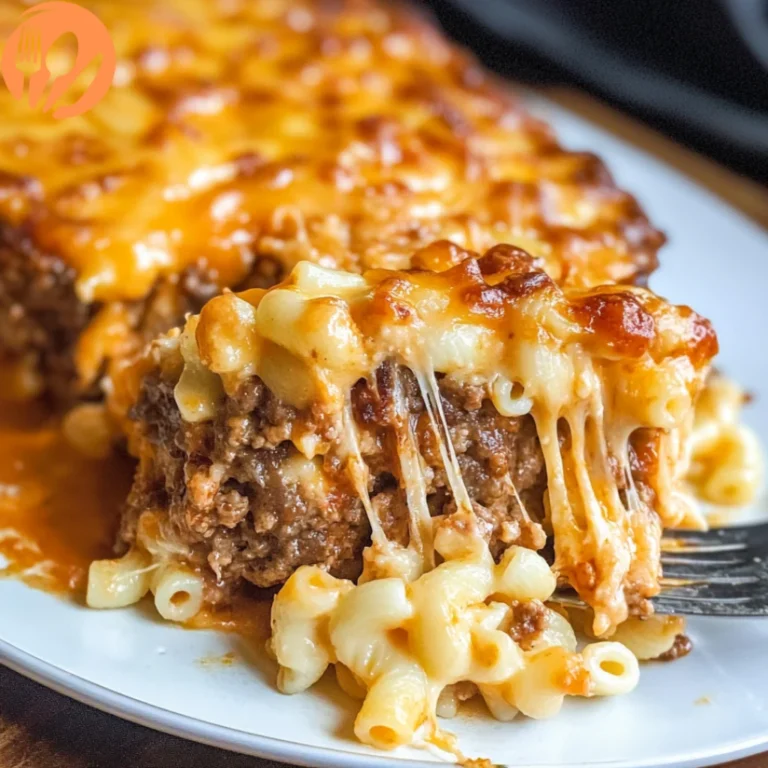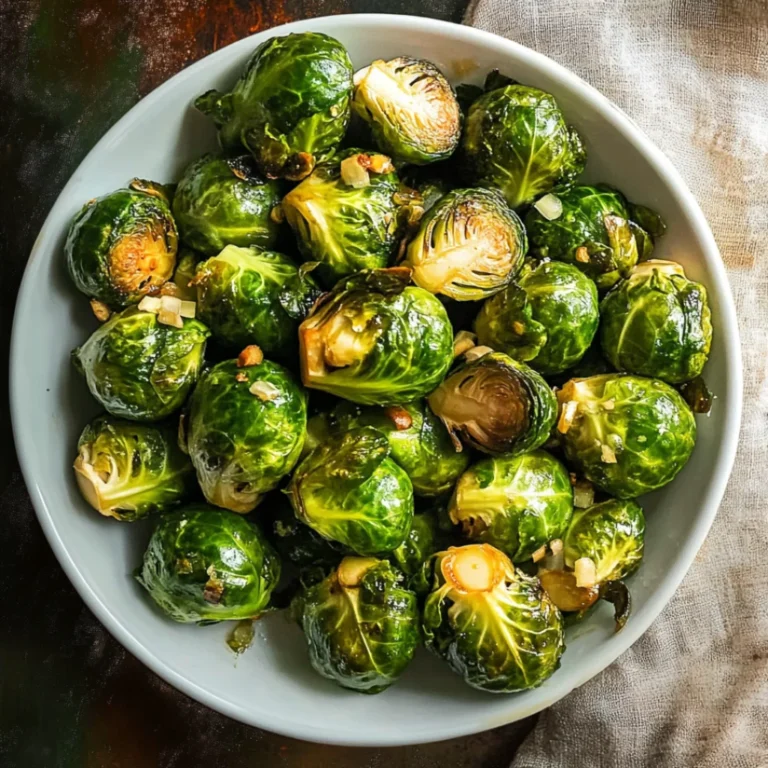Follow Me On Social Media!
Sumac Onions Recipe
Introduction
Did you know that sumac, the crimson spice prized across the Middle East, contains more antioxidants than most superfruits? This tangy, lemony spice transforms ordinary onions into an extraordinary culinary experience that will revolutionize your side dish game. Today's sumac onions recipe delivers a perfect balance of sweet caramelized onions and tart sumac that creates an irresistible flavor combination in just 20 minutes.
Whether you're looking to elevate your Mediterranean spread, add vibrant color to your dinner plate, or simply discover a new way to enjoy onions, this recipe promises to become your go-to side dish. The beautiful ruby-red hue and complex flavor profile make these sumac onions perfect for everything from grilled meats to grain bowls.

Ingredients List
Main Ingredients:
- 4 large yellow onions (about 2 pounds), thinly sliced
- 3 tablespoons high-quality sumac powder
- 3 tablespoons extra virgin olive oil
- 1 teaspoon kosher salt
- ½ teaspoon freshly ground black pepper
- 1 tablespoon honey or maple syrup
- 2 tablespoons fresh lemon juice
Optional Garnishes:
- 2 tablespoons fresh parsley, chopped
- ¼ cup toasted pine nuts
- Crumbled feta cheese
Ingredient Substitutions:
- Sumac powder: If unavailable, substitute with 2 tablespoons lemon zest + 1 tablespoon dried cranberries (ground)
- Yellow onions: Red onions work beautifully and add extra color
- Honey: Agave nectar or brown sugar for vegan alternatives
- Olive oil: Avocado oil for higher heat cooking
Timing
Preparation Time: 10 minutes
Cooking Time: 15-20 minutes
Total Time: 25-30 minutes
This sumac onions recipe cooks significantly faster than traditional caramelized onions, which typically require 45-60 minutes. The sumac's natural acidity helps break down the onions more quickly while adding incredible depth of flavor.
Step-by-Step Instructions
Step 1: Prepare Your Onions
Start by peeling and halving your onions from root to tip. Slice them into thin half-moons, approximately ¼-inch thick. Consistent slicing ensures even cooking and prevents some pieces from burning while others remain undercooked. Pat the sliced onions dry with paper towels to remove excess moisture.
Step 2: Heat and Season
Heat olive oil in a large skillet or wide sauté pan over medium heat. The pan should be large enough to accommodate all onions in a relatively single layer. Add the sliced onions along with salt and black pepper, tossing to coat evenly with oil and seasonings.
Step 3: Cook the Onions
Cook the onions for 8-10 minutes, stirring occasionally, until they begin to soften and turn golden. Don't rush this process by increasing the heat, as high temperatures will burn the onions before they properly caramelize.
Step 4: Add the Sumac Magic
Sprinkle the sumac powder over the onions and stir thoroughly to distribute the spice evenly. The onions will immediately take on a beautiful reddish hue. Continue cooking for another 5-7 minutes until the onions are tender and well-coated with the sumac.
Step 5: Finish and Balance
Drizzle honey and lemon juice over the sumac-coated onions. Stir gently and cook for an additional 2-3 minutes, allowing the flavors to meld and the liquid to reduce slightly. Taste and adjust seasoning with additional salt, sumac, or lemon juice as needed.
Step 6: Garnish and Serve
Remove from heat and transfer to a serving dish. Sprinkle with fresh parsley, toasted pine nuts, or crumbled feta cheese if desired. Serve immediately while warm for the best flavor and texture.
Nutritional Information
Per Serving (serves 6):
- Calories: 95
- Protein: 2g
- Carbohydrates: 14g
- Fat: 7g
- Fiber: 3g
- Sugar: 9g
- Sodium: 390mg
Sumac is incredibly rich in antioxidants, particularly anthocyanins, which give it the distinctive red color and provide anti-inflammatory benefits. Onions contribute quercetin, a powerful flavonoid that supports heart health and immune function.
Healthier Alternatives for the Recipe
Lower Calorie Version: Reduce olive oil to 1 tablespoon and add 2-3 tablespoons of vegetable broth to prevent sticking. This cuts approximately 20 calories per serving.
Vegan Adaptation: Simply replace honey with maple syrup or agave nectar. The recipe is naturally plant-based with this simple swap.
Low-Carb Option: Substitute onions with thinly sliced fennel bulbs or radishes for a lower carbohydrate alternative that still provides excellent flavor absorption.
Sugar-Free Version: Omit the honey entirely and rely on the natural sweetness that develops during the caramelization process.
Serving Suggestions
This versatile sumac onions recipe pairs beautifully with grilled lamb, roasted chicken, or Mediterranean-style fish. Serve alongside warm pita bread, hummus, and tabbouleh for an authentic Middle Eastern mezze spread.
For grain bowls, these sumac onions add incredible flavor to quinoa, bulgur, or rice pilaf. They also make an excellent topping for flatbreads, pizza, or even scrambled eggs for a unique breakfast twist.
Consider serving with crisp white wine like Sauvignon Blanc or a light red wine such as Pinot Noir that won't overpower the delicate sumac flavor.
Common Mistakes to Avoid
Cooking at Too High Heat: High temperatures will burn the sumac and create bitter flavors. Maintain medium heat throughout the cooking process.
Adding Sumac Too Early: Adding sumac at the beginning can cause it to burn. Wait until the onions are mostly cooked before incorporating the spice.
Overcrowding the Pan: Too many onions in a small pan will cause steaming rather than caramelizing. Use a large skillet or cook in batches if necessary.
Skipping the Acid Balance: The lemon juice is crucial for balancing the earthiness of sumac and enhancing its natural tartness.
Storing Tips
Refrigeration: Store leftover sumac onions in an airtight container in the refrigerator for up to 5 days. The flavors actually improve after a day as they have time to meld.
Freezing: These onions freeze well for up to 3 months. Portion into freezer-safe containers or bags, leaving some headspace for expansion.
Reheating: Gently reheat in a skillet over low heat with a splash of water or broth to prevent sticking. Microwave reheating works but may result in slightly softer texture.
Make-Ahead Tips: This recipe can be made entirely ahead of time and served at room temperature, making it perfect for entertaining.
Conclusion
This sumac onions recipe proves that simple ingredients can create extraordinary flavors. The combination of sweet caramelized onions and tangy sumac creates a side dish that's both visually stunning and incredibly delicious. With just 30 minutes of your time, you'll have a versatile dish that enhances everything from weeknight dinners to special occasion meals.
Ready to transform your dinner table with these vibrant, flavorful sumac onions? Give this recipe a try tonight and share your creations with us! We'd love to see how you serve and style this Middle Eastern-inspired dish.
FAQs
Q: Where can I find sumac spice?
A: Sumac is available at Middle Eastern grocery stores, specialty spice shops, and online retailers. Many well-stocked supermarkets now carry it in their international spice sections.
Q: Can I make this sumac onions recipe ahead of time?
A: Absolutely! These onions actually taste better the next day as the flavors have time to develop. Store refrigerated and serve at room temperature or gently reheated.
Q: What does sumac taste like?
A: Sumac has a tart, lemony flavor with subtle fruity notes. It's less sharp than lemon juice but provides a similar acidic brightness that enhances other flavors.
Q: Can I use this recipe with other vegetables?
A: Yes! Try this technique with sliced fennel, bell peppers, or even cauliflower. Adjust cooking times based on the vegetable's natural cooking requirements.












